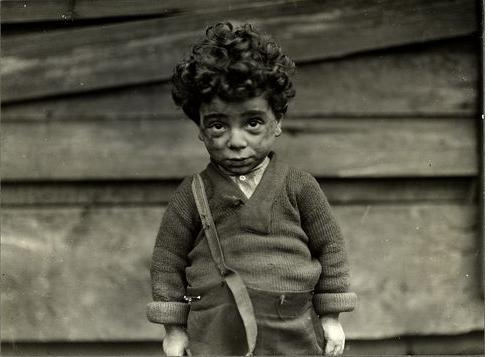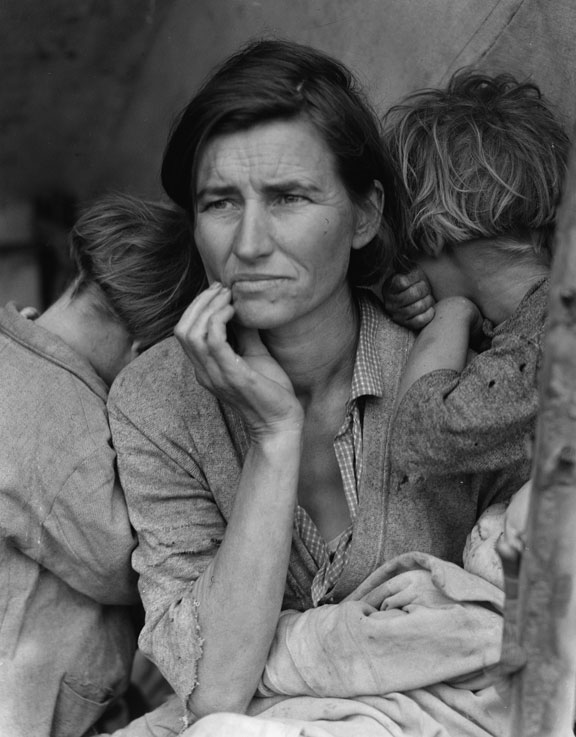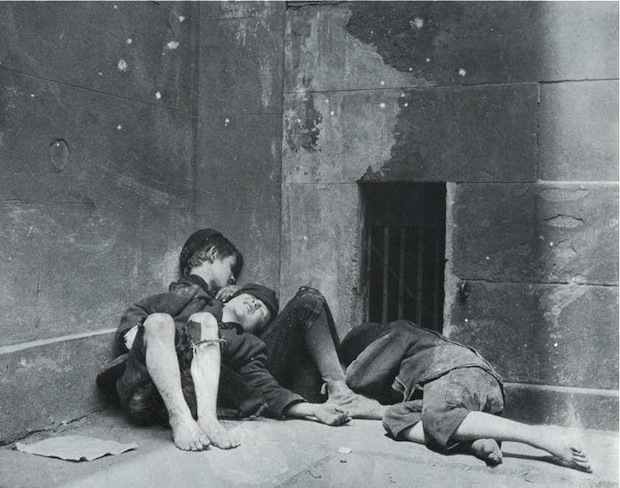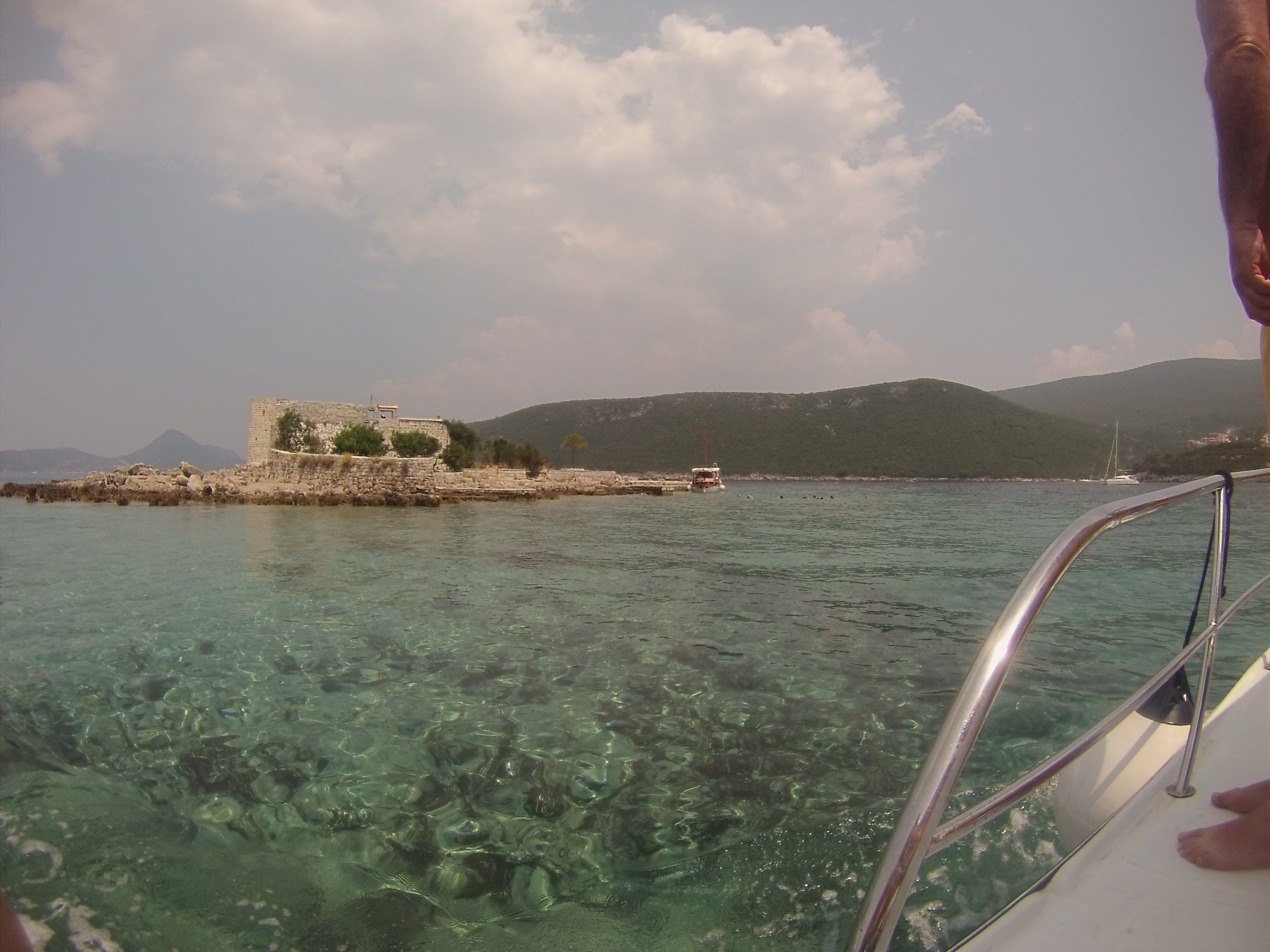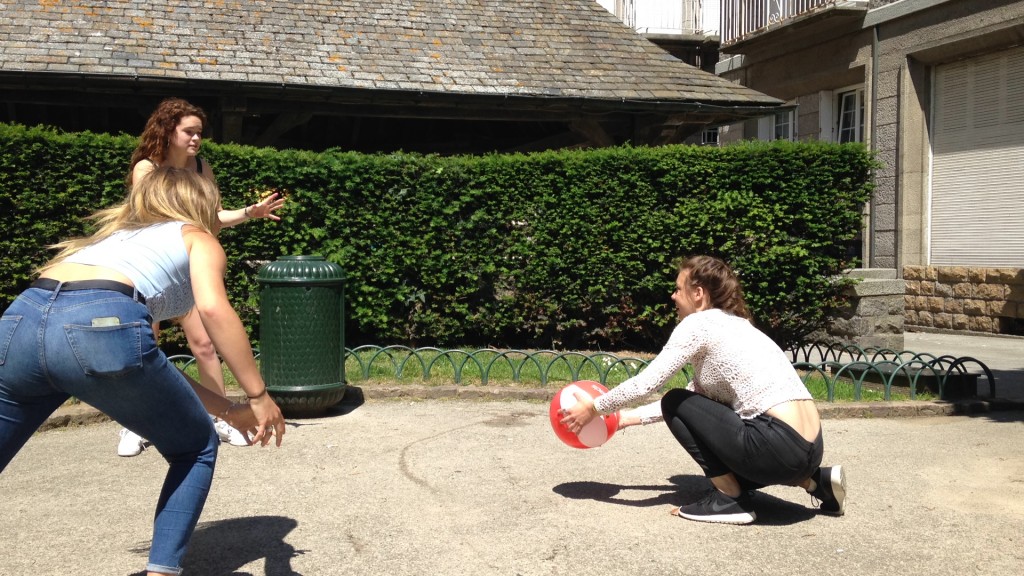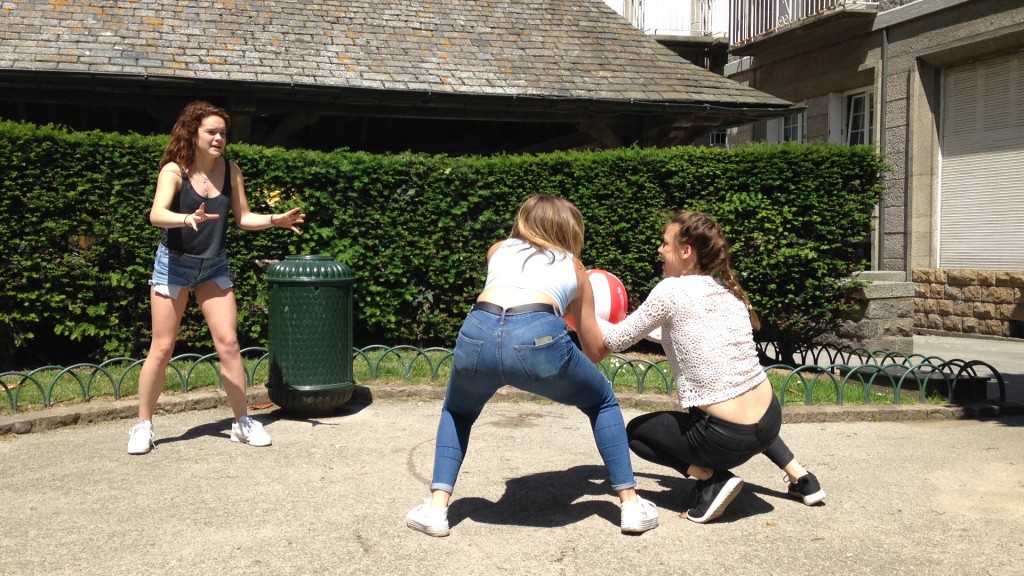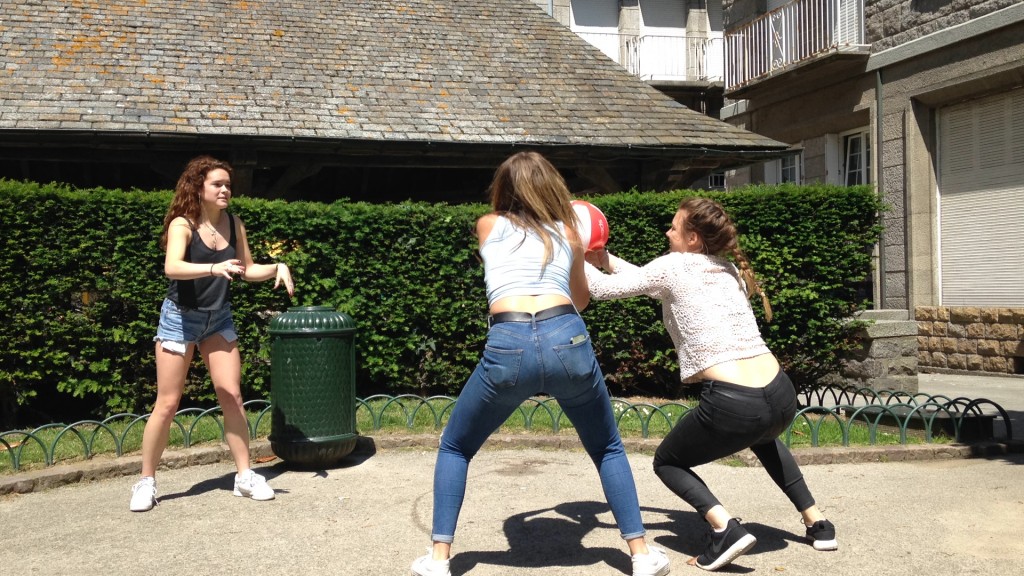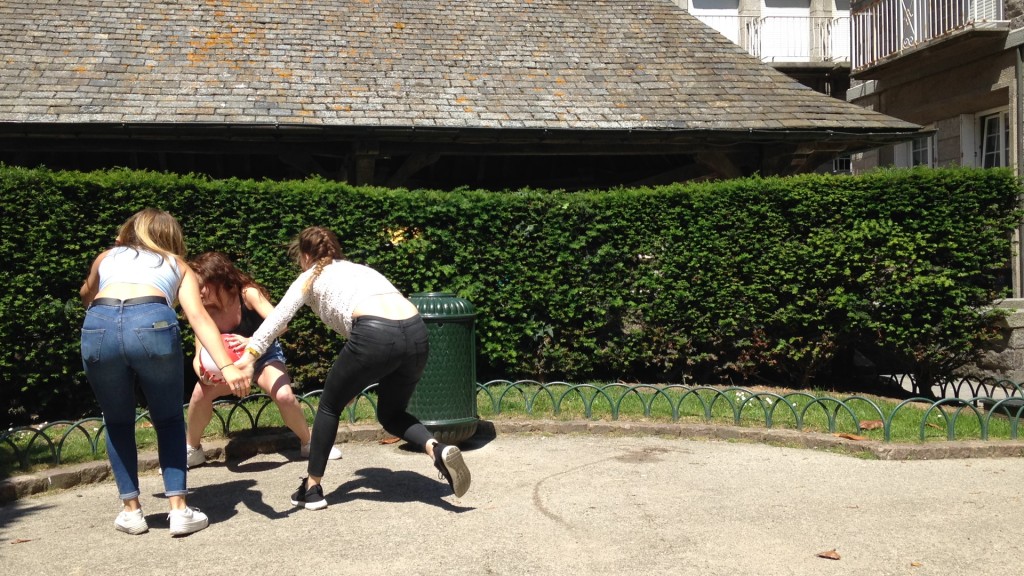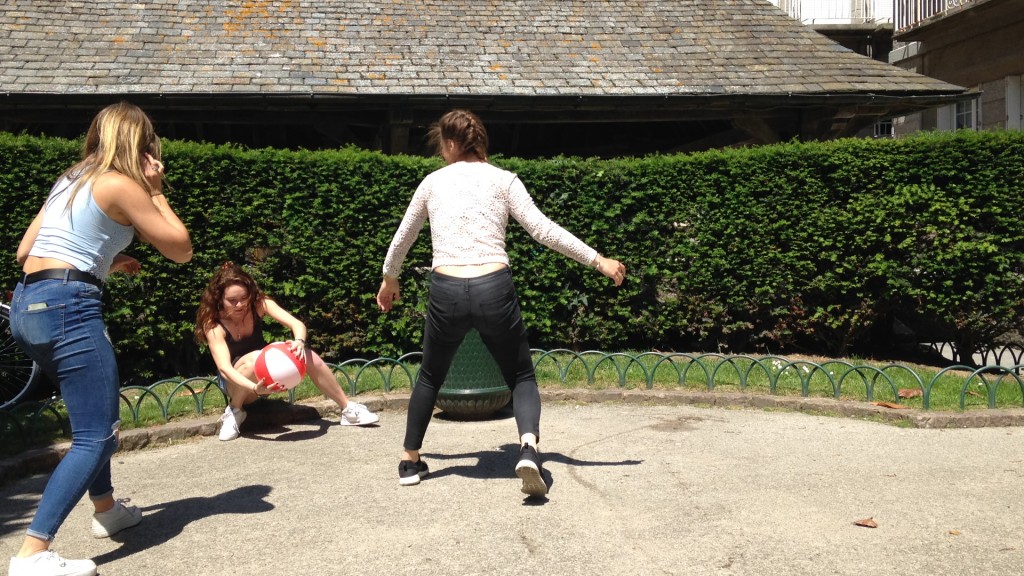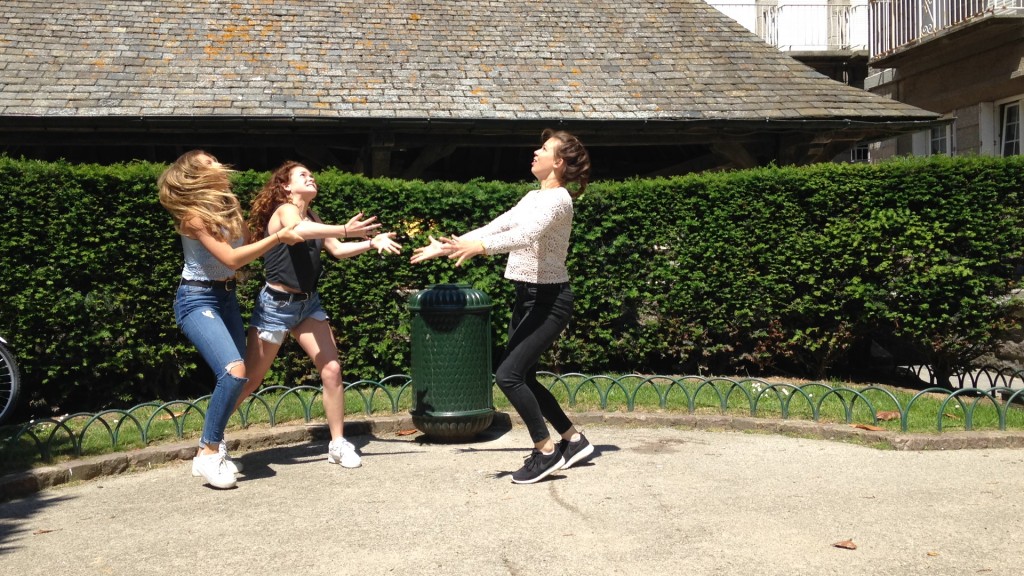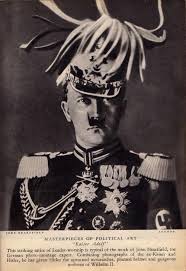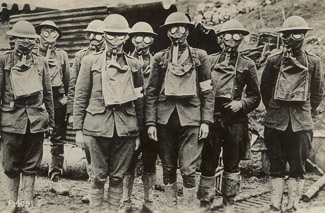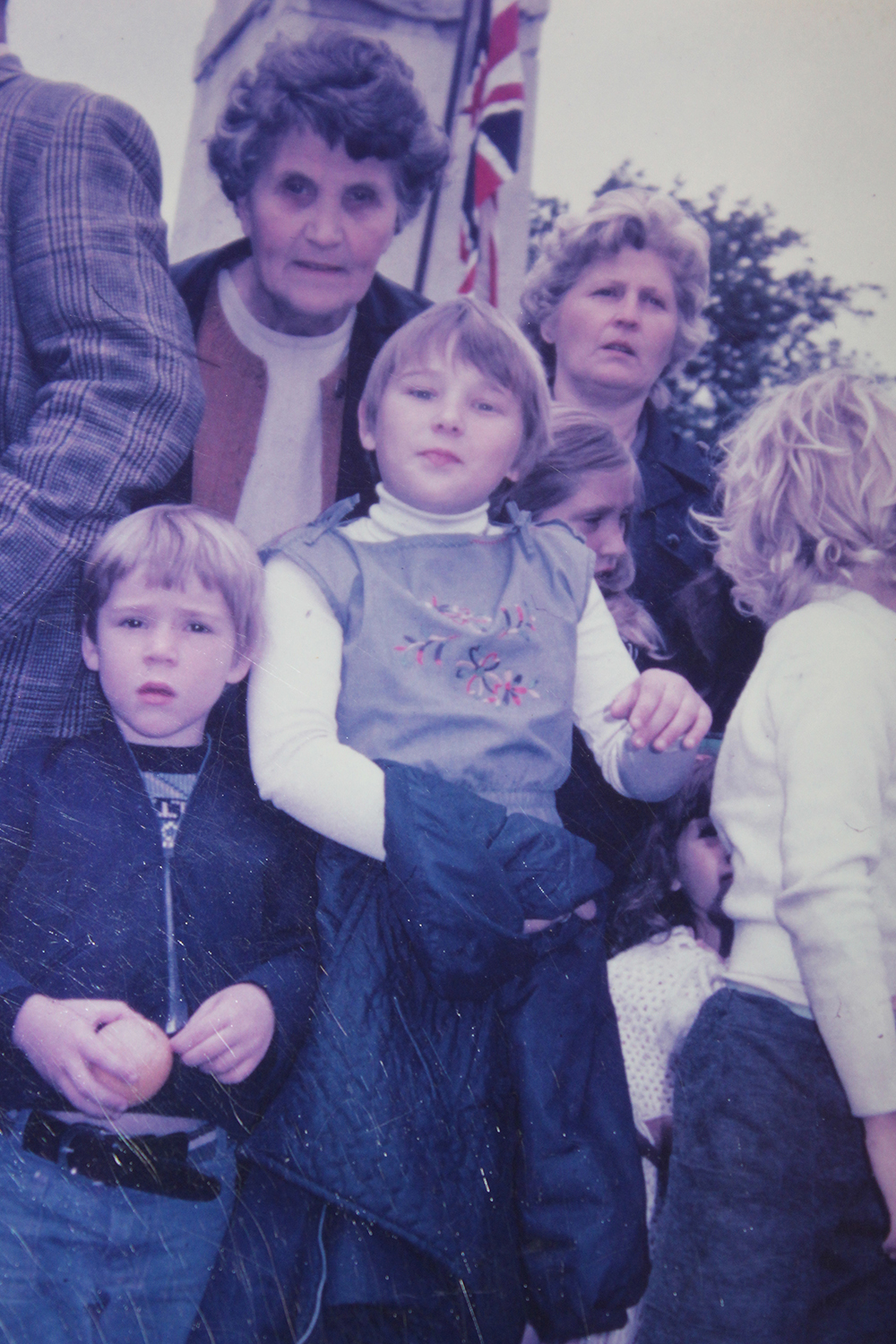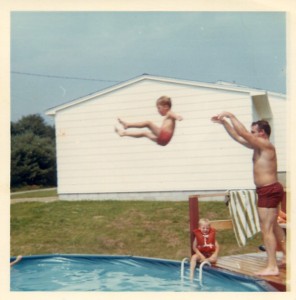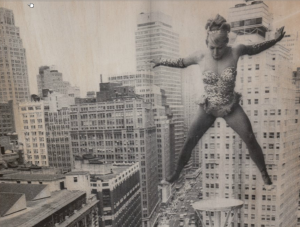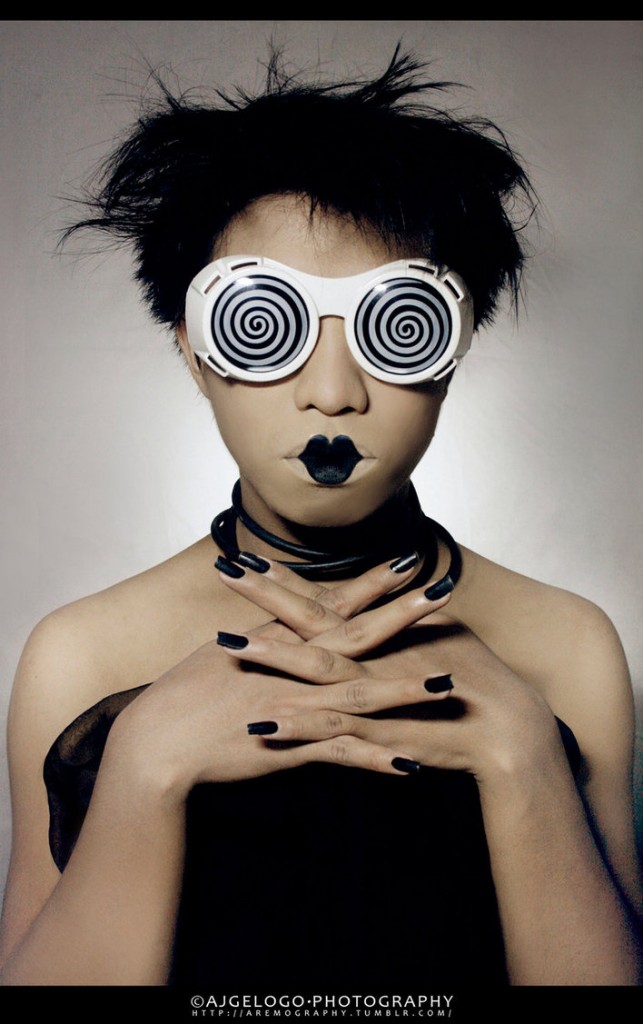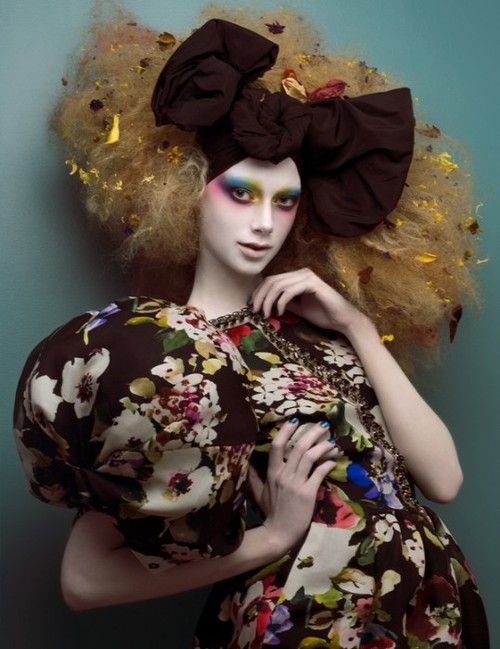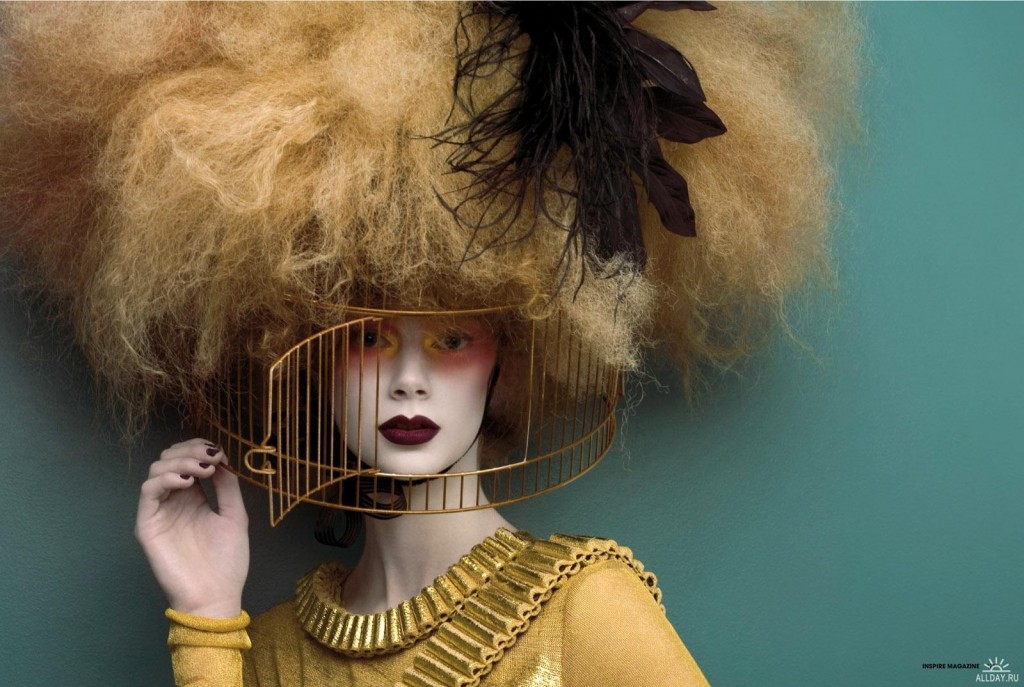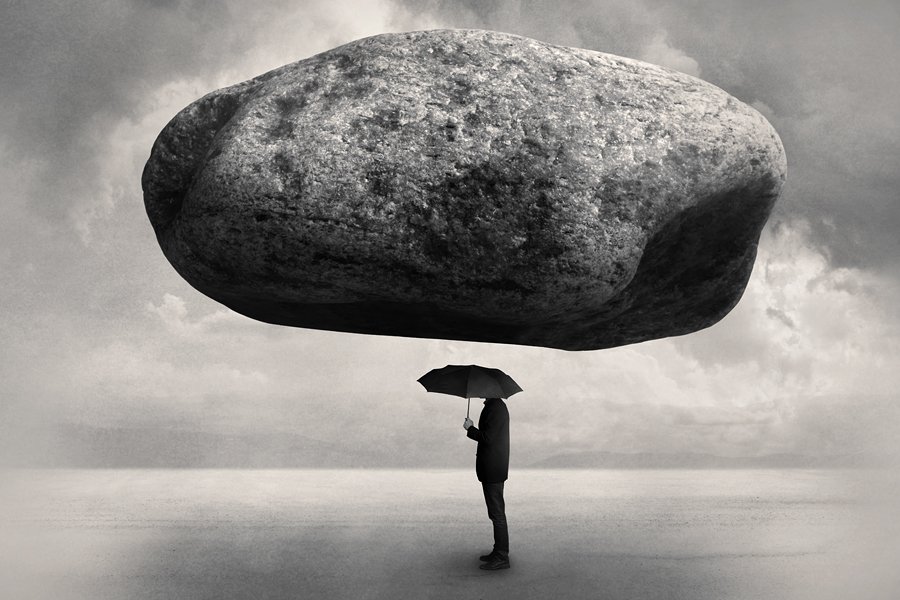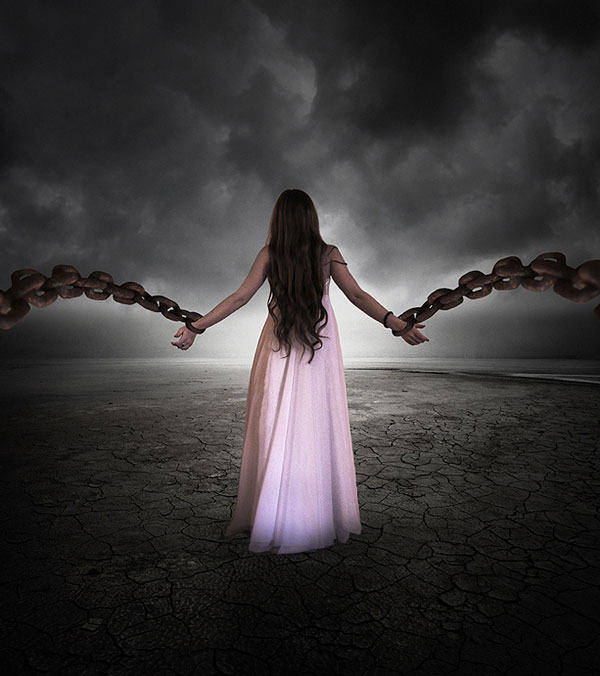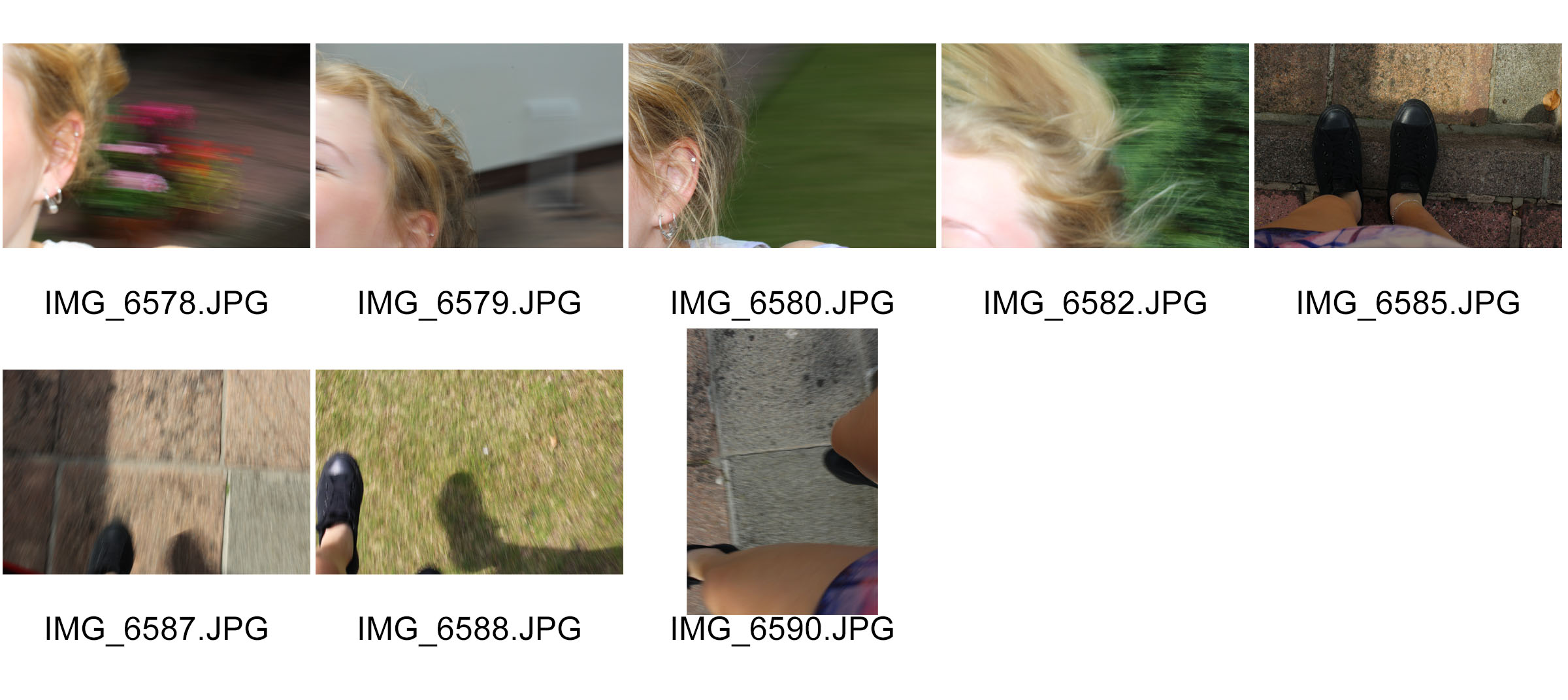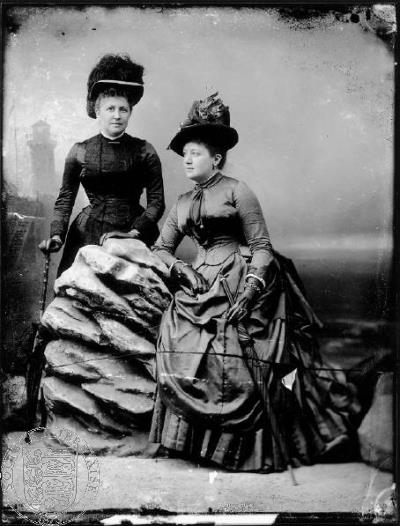Documentary photography is produced usually to express a lot of significant meaning behind the photographs that relates to historical events or events that happen in everyday life. The popular form is clearly linked historically to the development of print technology and the proliferation of large scale mass press in the 1920’s and £0’s of popular illustrated photograph magazines and publications such as ‘ Life magazine’ in the USA and ‘Picture Post’ in Britain. This type of photography can be greatly slated due to the simple reason of the public thinking the image is disrespectful or outrageous. However, these type of photographers allow the public notice that significant things need to change in the world, without visual proof, people won’t react quick enough or at all to a situation that requires attention. For example the recent migrant crisis of the toddler that drowned trying to reach the island of Kos has been published across the world news. Thousands have died trying to migrate, but only now, since a photographer captured a toddler face down in the sand have people realized. There is also other types of documentary photographers that like to document photographs or personal use such as photographing their mother through the stages of illness perhaps or a sibling growing up.
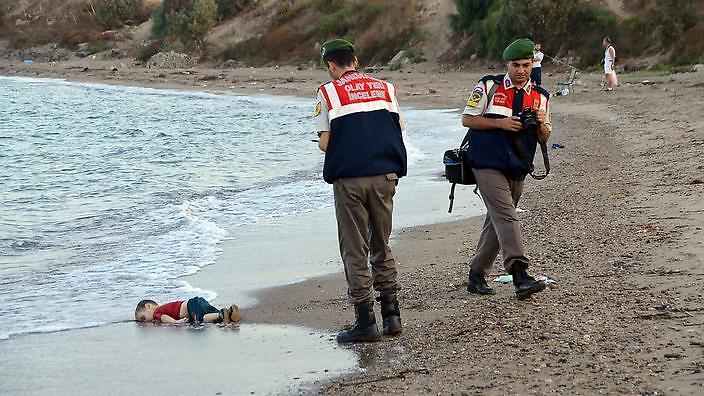
It could be seen that every photograph is actually documentary photography as each photo documents/records something. People document performances some use this photography to create elusive fictional stories. Social reformers such as Jacob Riis and Lewis Hine used the medium of photography to bring evidence of their claims to these viewers. Their style of photography may best be called “social reform,” for each photographer used the medium to effect social change. Jacob Riis did a project of ‘How the other half life’ and photographed some people living on the streets/in slums in Manhatten.

